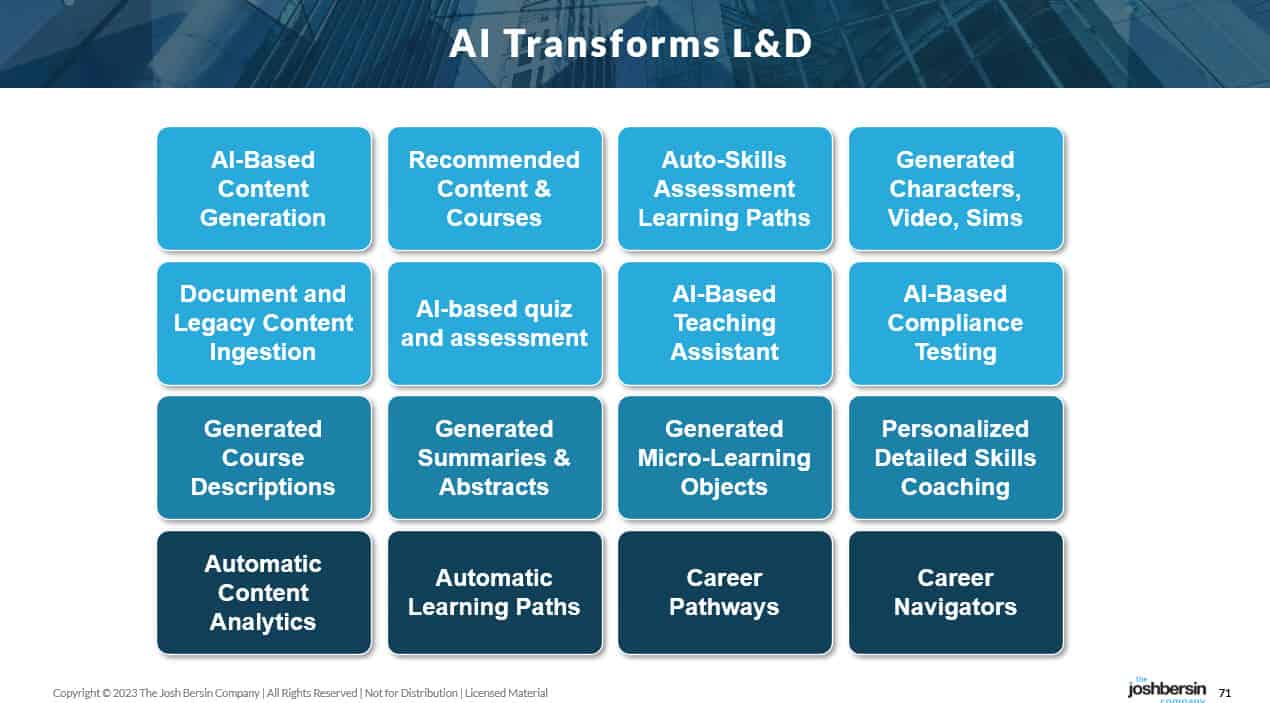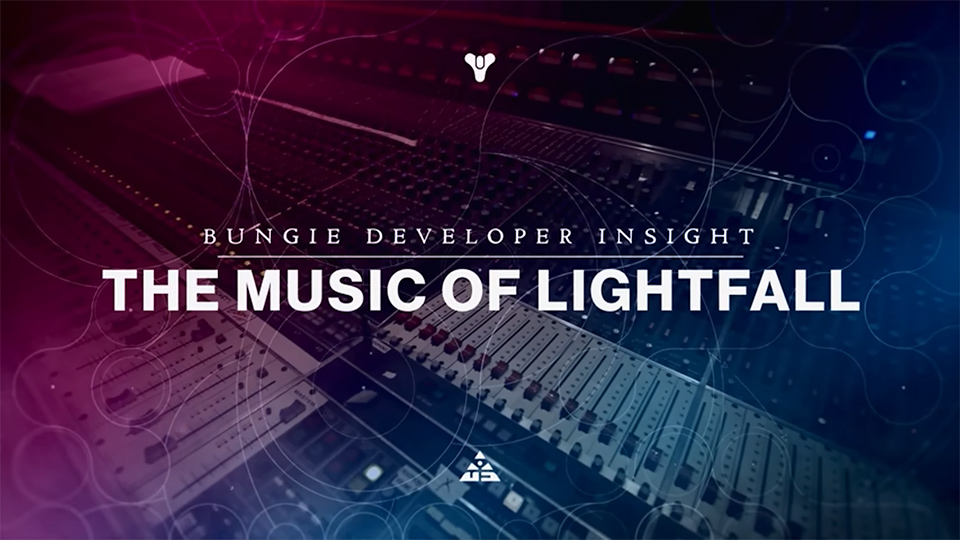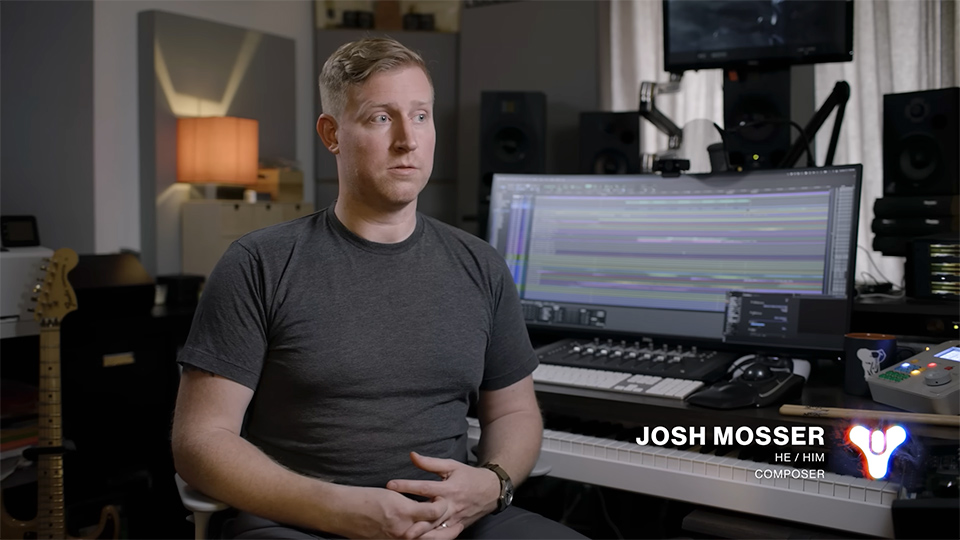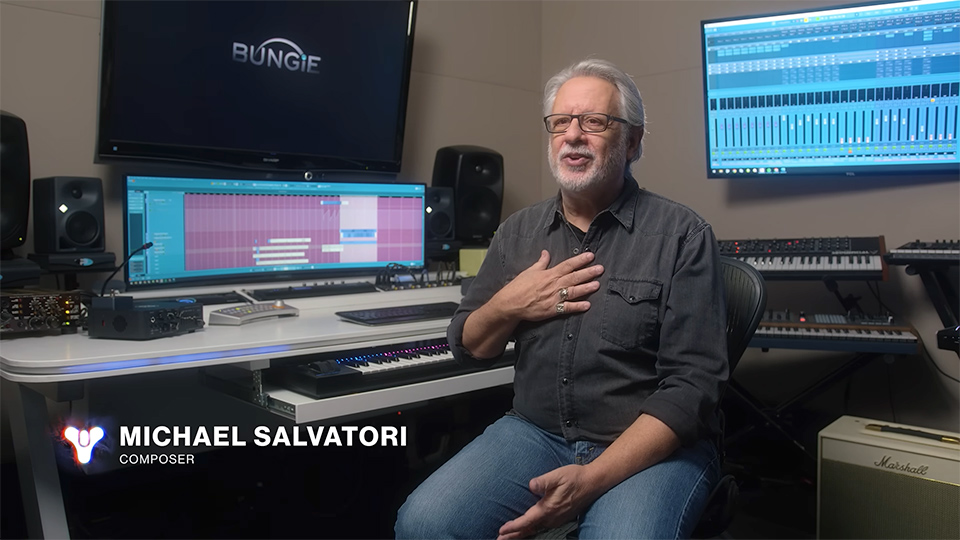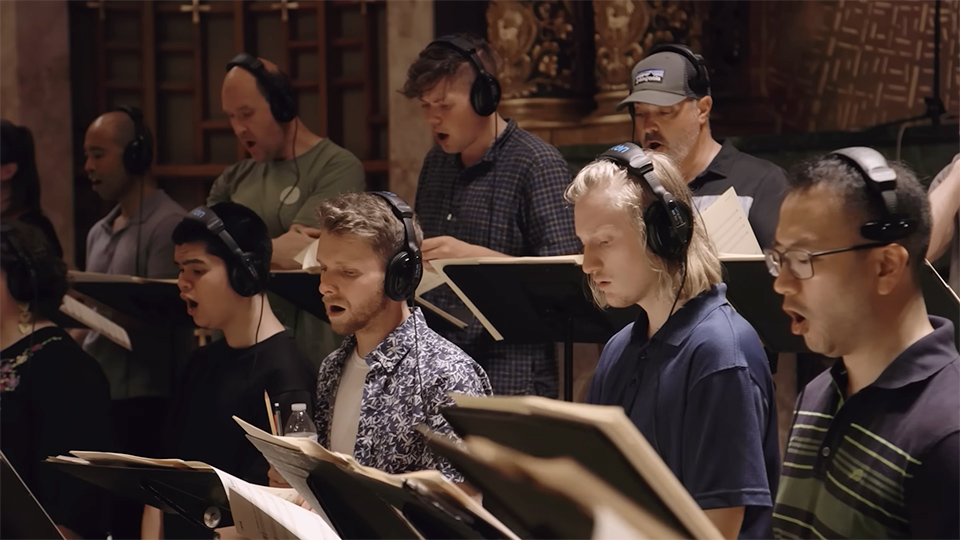Do We Need Emotionally Intelligent AI? — from marcwatkins.substack.com by Marc Watkins
We keep breaking new ground in AI capabilities, and there seems little interest in asking if we should build the next model to be more life-like. You can now go to Hume.AI and have a conversation with an Empathetic Voice Interface. EVI is groundbreaking and extremely unnerving, but it is no more capable of genuine empathy than your toaster oven.
…
-
- You can have the eLLM mimic a political campaign and call potential voters to sway their vote. You can do this ethically or program it to prey upon people with misinformation.
- An eLLM can be used to socially engineer the public based on the values someone programs into it. Whose values, though?
- Any company with a digital presence can use an eLLM like EVI to influence their customers. Imagine Alexa suddenly being able to empathize with you as a means to help persuade you to order more products.
- An always-on, empathetic system can help a student stay on track to graduate or manipulate them into behaviors that erode their autonomy and free will.
- Any foreign government could deploy such a system against a neighboring population and use empathy as a weapon to sow discontent within the opposing population.
From DSC:
Marc offers some solid thoughts that should make us all pause and reflect on what he’s saying.
We can endlessly rationalize away the reasons why machines possessing such traits can be helpful, but where is the line that developers and users of such systems refuse to cross in this race to make machines more like us?
Marc Watkins
Along these lines, also see:
- Student Chatbot Use ‘Could Be Increasing Loneliness’ — from insidehighered.com by Tom Williams
Study finds students who rely on ChatGPT for academic tasks feel socially supported by artificial intelligence at the expense of their real-life relationships.
…
They found “evidence that while AI chatbots designed for information provision may be associated with student performance, when social support, psychological well-being, loneliness and sense of belonging are considered it has a net negative effect on achievement,” according to the paper published in Studies in Higher Education.
You can now edit images you create with DALL·E











